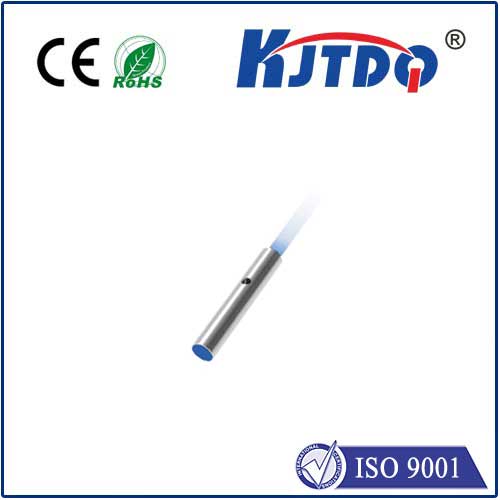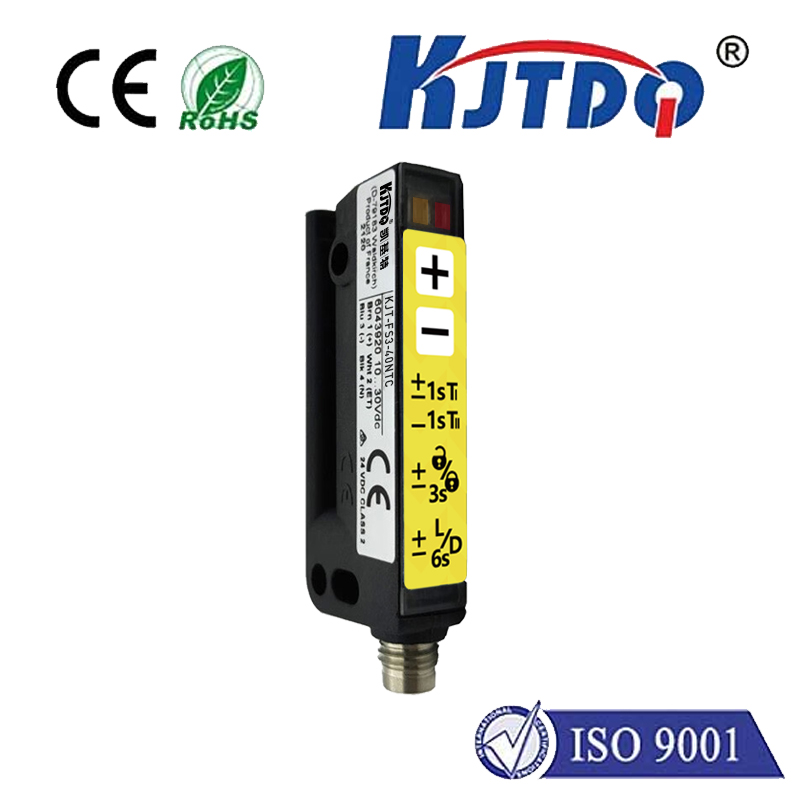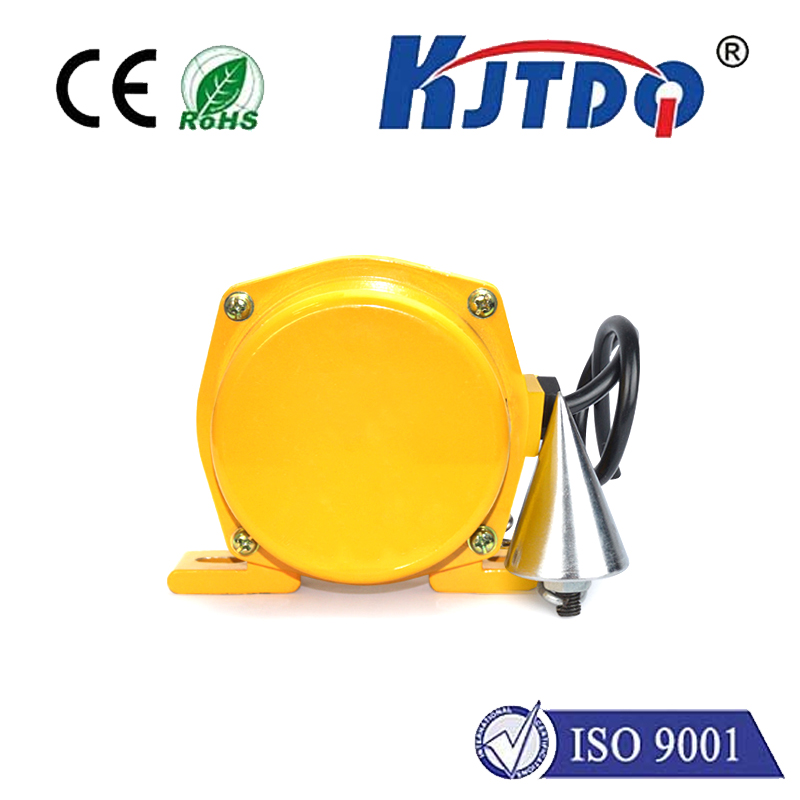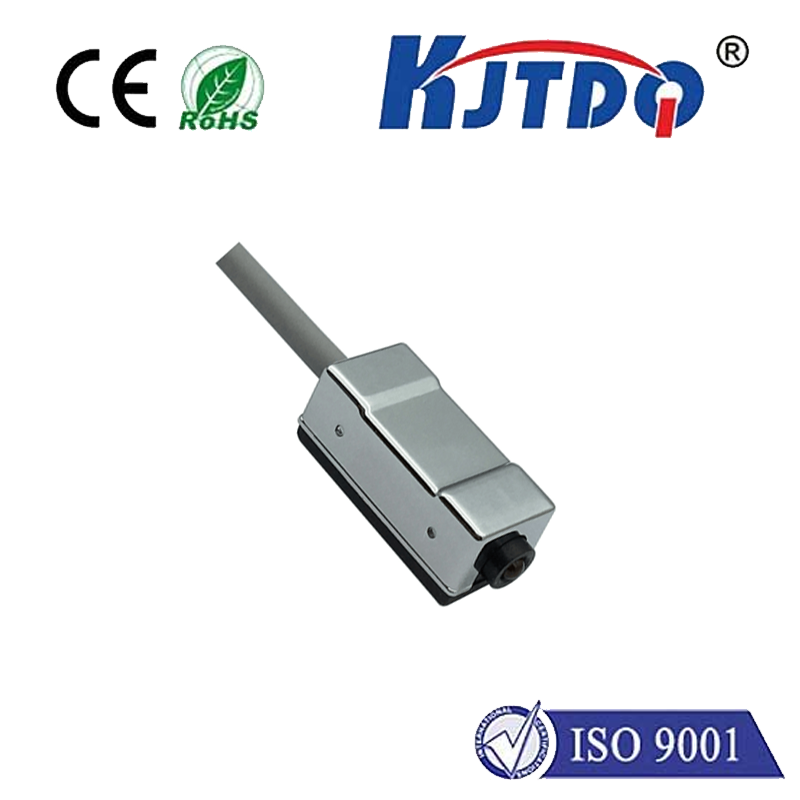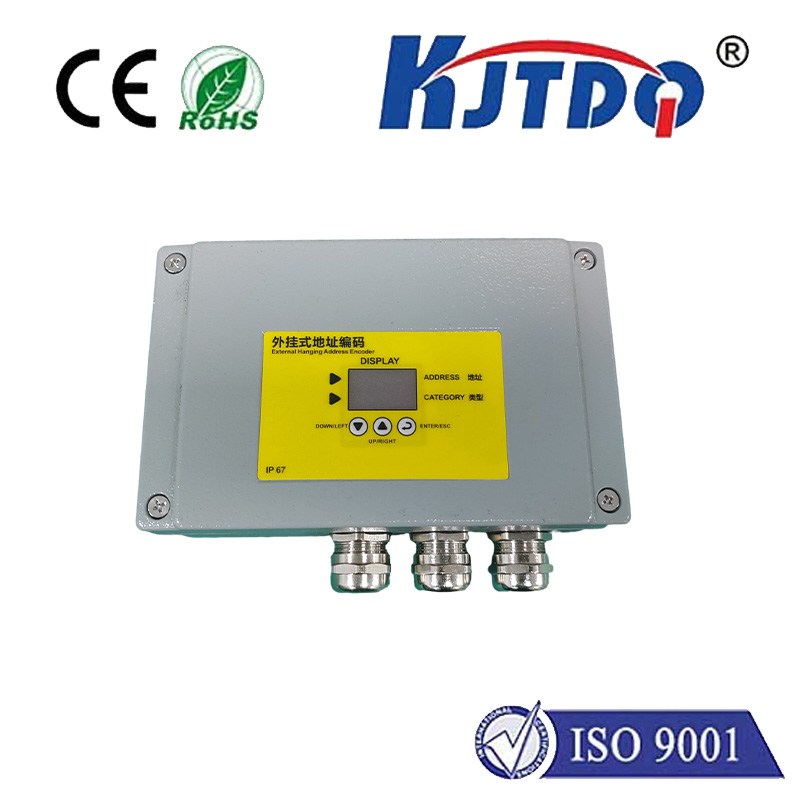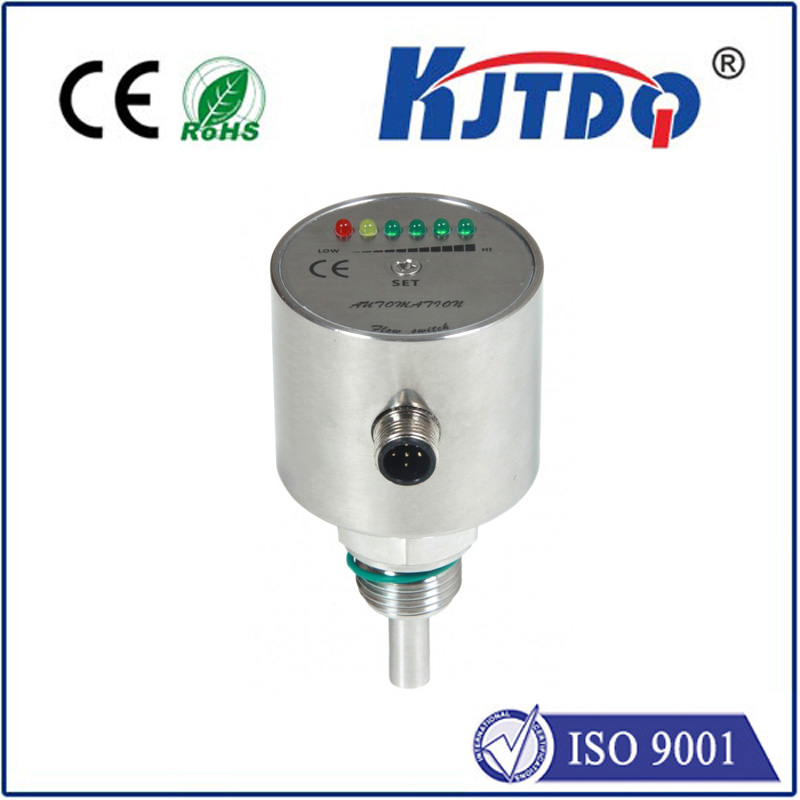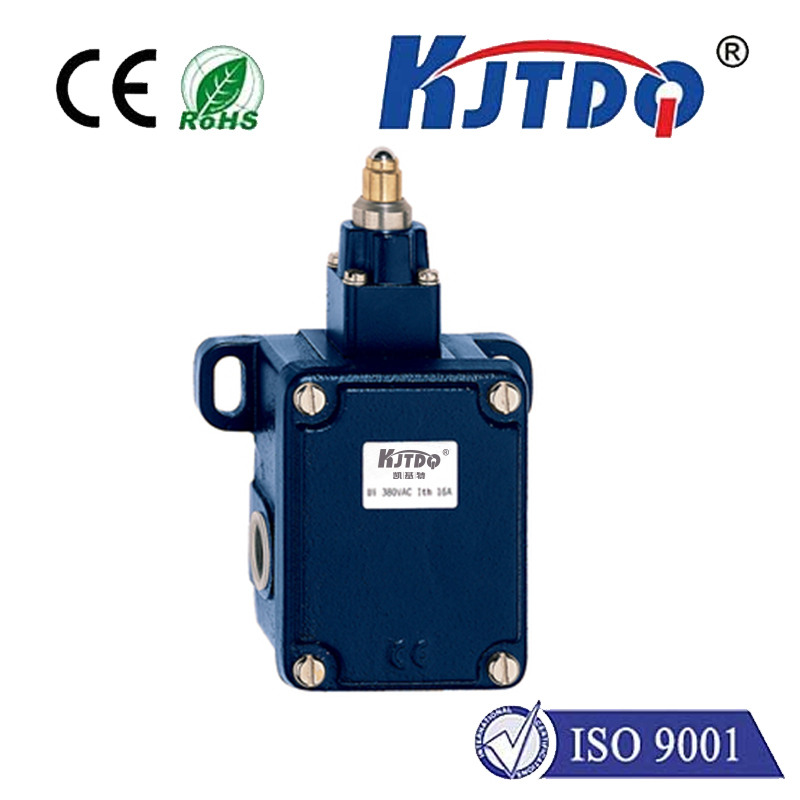micro switch with lever actuator
- time:2025-08-06 10:33:02
- Click:0
Micro Switch with Lever Actuator: The Essential Component for Precise Mechanical Control
You likely interact with dozens of them daily without even realizing it. That satisfying “click” when closing your microwave door? The reassuring stop when your washing machine lid is secured? The automatic pause as your car’s glove compartment opens? These seemingly mundane actions often rely on a remarkably reliable and precise component: the micro switch equipped with a lever actuator. This fundamental pairing is the unsung hero enabling countless safety features, position sensing, and control functions across diverse industries. Understanding its function and advantages reveals why it remains a cornerstone of electromechanical design.
At its core, a micro switch (also known as a snap-action switch) is defined by its fast, decisive switching action. Inside, a spring mechanism ensures the contacts snap open or closed with minimal physical movement of the actuator – the external part you press or trigger. This snap-action principle provides critical benefits: de-bouncing (eliminating contact chatter), consistent electrical performance, long life expectancy (often millions of cycles), and high tolerance to vibration. It’s an inherently reliable switch design.

However, the basic micro switch plunger has limitations. It requires direct, axial force applied precisely to its tip. This is where the lever actuator becomes indispensable. By adding a lever arm, engineers gain tremendous flexibility:
- Increased Reach: Levers allow the switch to be activated by mechanisms or objects contacting the lever tip, which may be centimeters or even inches away from the switch body itself. This is crucial for detecting door or panel positions.
- Reduced Force Requirement: Levers provide mechanical advantage. Less force is needed at the lever tip to generate the required force at the switch plunger to overcome the snap-action spring, enabling activation by lighter mechanisms or delicate movements.
- Operational Flexibility: Levers can be designed to actuate the switch from different angles – vertically, horizontally, or even laterally – depending on the specific mounting constraints and the direction of the activating force.
- Adjustability: Some lever designs allow for fine-tuning of the lever arm’s position relative to the plunger, optimizing the actuation point.
The variety of lever actuators is essentially a toolbox of solutions for different application needs:
- Straight Levers: Simple, rigid levers for direct, precise actuation.
- Roller Levers: Feature a small wheel (roller) at the lever tip. Crucial for applications where the activating object slides against the lever, reducing friction, preventing binding, and minimizing wear. Common on moving machine parts or conveyor belt stops.
- Simulated Roller Levers: Molded plastic levers with a rounded, low-friction tip mimicking a roller’s function at a lower cost. Effective for many moderate-duty sliding applications.
- Angled Levers (Offset Levers): Bent levers designed to reach around obstacles or activate from a specific direction not aligned with the switch body axis.
- Leaf Levers: Thin, flexible metal or plastic strips. Ideal for very light actuation forces or where a long, sweeping motion is required.
- Hinged Levers: Levers pivoting on a separate hinge pin, often used for very long reach or specific motion profiles.
The combination of the micro switch’s reliable snap-action and the lever’s adaptability makes this pairing ubiquitous. Key applications include:
- Appliance Control: Door interlocks (ovens, microwaves, dishwashers, washing machines), lid switches, water level sensors, control panel buttons. Safety is paramount here, ensuring devices only operate when doors are securely closed.
- Industrial Automation: Position sensing on machinery, conveyor belt stops, limit switches for robotic arms, safety guards on equipment. The robustness and precision of micro switches handle demanding industrial environments.
- Automotive: Trunk/rear hatch position sensing, glove compartment/door ajar indicators, brake light switches on older models, seat belt sensors. Reliability under vibration and temperature extremes is critical.
- Medical Equipment: Device interlocks (sterilizers, imaging equipment), position detection on adjustable beds or chairs, safety cutoffs.
- Vending Machines & Gaming Devices: Detecting coin entry, door access, or button presses. Durability for high cycle counts is essential.
- HVAC Systems: Damper position sensing, filter status indicators.
Selecting the right micro switch with lever actuator involves careful consideration:
- Electrical Requirements: Voltage (AC/DC), current rating (amperage), contact configuration (SPST, SPDT, etc.).
- Mechanical Requirements: Operating Force (how much force is needed to trip the lever), Travel (distance the lever moves before actuation), Release Force (how much it moves back to reset), Overtravel (safe distance the lever can move after actuation).
- Lever Type: Choose based on the activating object’s motion (direct push, sliding?), force level, required reach, and environmental factors (friction). Roller levers are often preferred for sliding contact.
- Environmental Conditions: Temperature range, exposure to moisture/dust/chemicals (IP rating), potential for impact or vibration. Sealed switches might be necessary.
- Durability (Life Expectancy): The rated number of mechanical operations (often 1 million to 10 million+ cycles) and electrical switching cycles under load for the specific switch model. Lever choice impacts mechanical wear.
- Mounting: Ease of installation and securement in the final product.
The brilliance of the micro switch with lever actuator lies in its elegant simplicity and robust effectiveness. It translates a simple physical movement – a door closing, a part reaching its end position, a button being pressed – into a definitive electrical signal with remarkable consistency. The lever extends the switch’s capabilities far beyond its tiny body. From ensuring critical safety functions in your home to driving precision automation on a factory floor, this versatile and time-tested component silently performs millions of momentary switching operations reliably every day. Its fundamental design ensures it will remain an essential building block in electromechanical systems for the foreseeable future.






